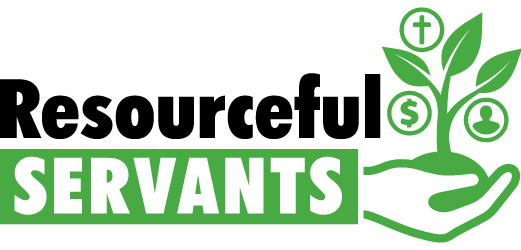Maintain Accounting Systems
Every congregation—like every organization—needs a tool for tracking income and expenses, assets and liabilities, along with a way to generate income statements and balance-sheet reports. The value of such a tool is that it provides financial transparency into the bigger picture of flows and balances aggregated from all the underlying transactions and related details.
These days accounting systems are computer-based and may be either run on an individual workstation using locally stored software and data files or through the internet as a “cloud” solution. The latter approach makes it easier to share access to accounting information with other church leaders via the internet. With cloud applications, responsibility for software updates and data security are conveniently handled by the software provider.
In some cases, congregational accounting systems are integrated into a larger package of member management software that also tracks donor contact and giving data. In others, congregations use stand-alone accounting software that is different from their membership management software. When systems are separate (for example, QuickBooks), it is important to be able to have the amount attributed to donor gifts in individual donor accounts reconcile with the totals entered as giving income in the accounting system.
While your accounting system may be in place and functioning well, implementing new features like automated payments or payroll processing with direct deposit can provide incremental benefits.


